10 INEXPENSIVE SUMMER SUPERFOODS
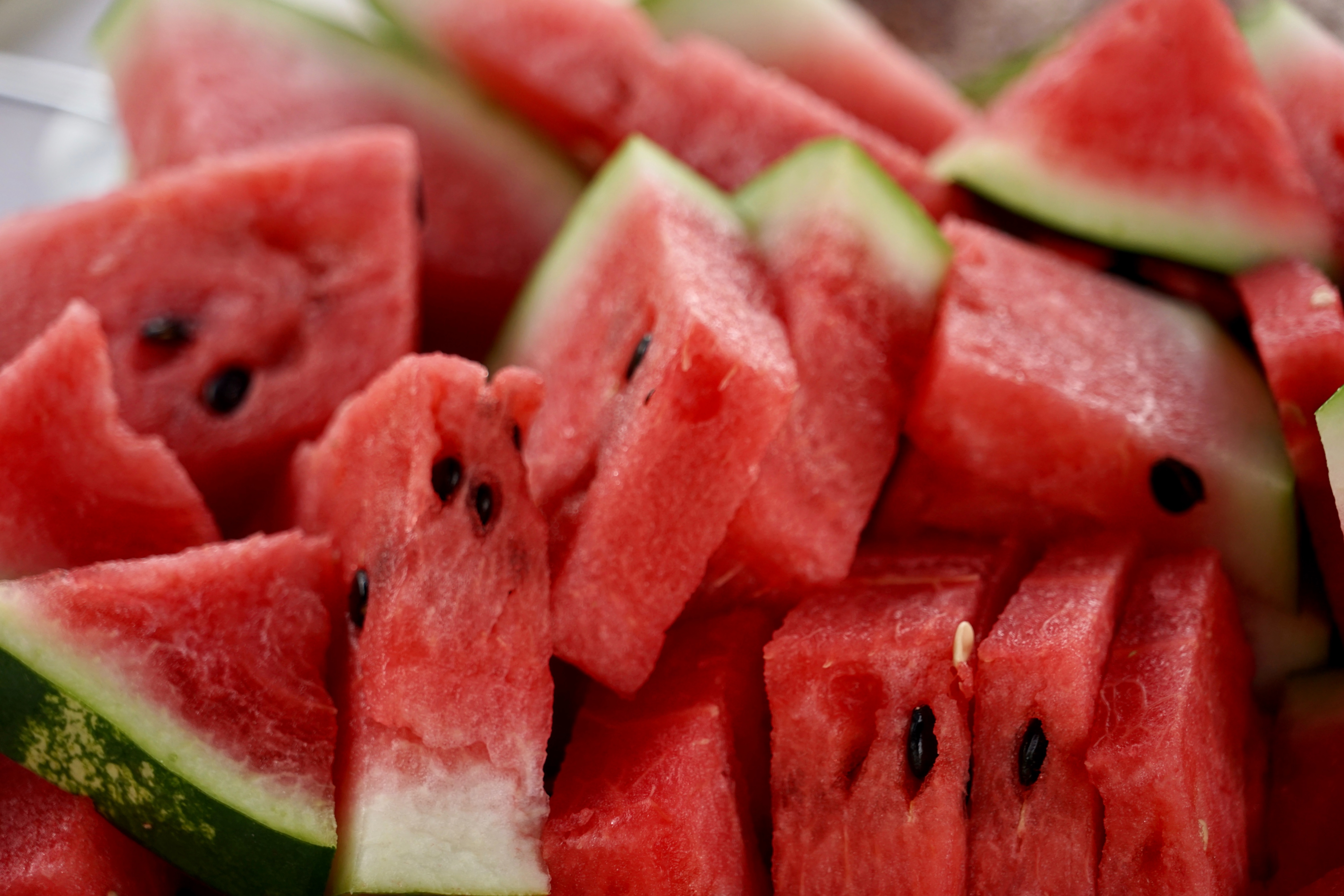
Eating nutrient-dense foods doesn’t have to be expensive, the secret is to buy in-season…
Focusing on vegetables and fruit which are in season is not only a smart money-saving strategy, but it is also the best way to enjoy them when they are at their peak in flavour and more complete from a nutritional point of view.
The following are superfoods of Summer, enjoy them now!
WATERMELON
It has to be the first on this list, watermelon issummer!
Thanks to its 92% water content, this classic summer fruit can quench our thirst and keep us hydrated in a hot day like no other; and it is also a powerhouse of nutrients!
Its gorgeous red color comes from lycopene, an important antioxidant with many health benefits.
Watermelon contains more lycopene than any other fruit or vegetable, even tomatoes.
To maximise your intake of this free radicals fighter, choose a watermelon with bright red flesh, the riper the better.
It is also rich in vitamins A, B6 and C, potassium, and cucurbitacin E, another mighty antioxidant.
The rind and seeds are rich in fiber and amino acids such as L-citrulline (in the rind!), which helps the blood vessels to dilate, improving blood flow and reducing blood pressure.
TOMATOES
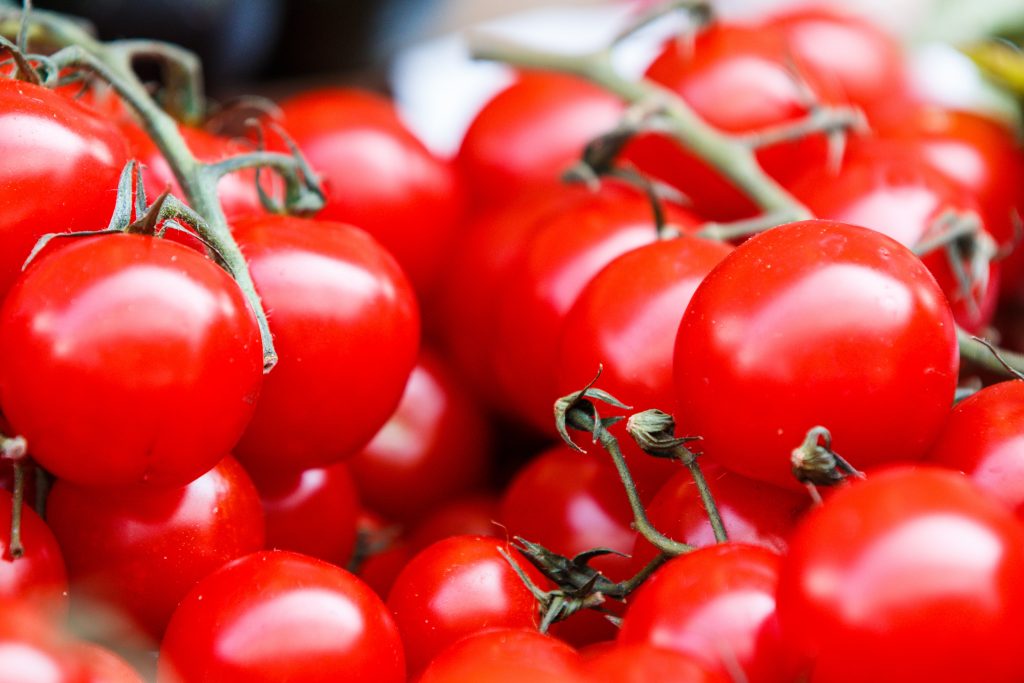

An all year round presence in our supermarkets, the real tomato season starts in May and ends in September, with the best ones harvested in August.
They are 94% water, but they are rich in many vitamins and minerals, such as vitamin C, Bs and E, potassium, folate, iron and calcium.
Like watermelon, tomatoes are also known for having a high concentration of lycopene, more easily absorbed when cooked, as in tomato sauce. Try the San Marzano variety for an authentic Italian tomato salsa!
Make sure you eat your tomatoes with a drop of extra virgin olive oil, to maximize absorption of the fat-soluble vitamins and the lycopene.
CUCUMBER
So refreshing in any salad and juices, cucumber has been well known in traditional herbal medicine for its cooling effect: even in hot weather, the inside of the cucumber is much cooler than the outside air (the old say “cool as a cucumber” is based on science!).
It belongs to the same botanical family as squashes and melons, and as its cousins, it is rich in many nutrients.
It is an excellent source of vitamins K, C and Bs, and important minerals such as molybdenum, potassium, copper, magnesium and phosphorus.
The nutrient richness of cucumbers is particularly surprising when it comes to phytonutrients like flavonoids and lignans; researchers have identified at least 73 different compounds in cucumbers (many of which are in the seeds) with antioxidant and anti-inflammatory properties.
CANTALOUPE MELON


Another refreshing Summer fruit, cantaloupe melon is also incredibly nutritious.
It is an excellent source of vitamin C and A (as carotenoids) and it is a good source of many other nutrients, such as B vitamins (B1, B3, B6, and folate), vitamin K, potassium, magnesium, copper, and fiber.
Thanks to its high content of flavonoids and other phytonutrients, cantaloupe melon is anti inflammatory and antioxidant, and it can be quite useful in improving insulin and blood sugar metabolism.
Also, the seeds provide some omega-3 fats.
ZUCCHINI (alias COURGETTE)
Easy to prepare and a nutrient-dense food, zucchini is a summer squash, member of the gourd family.
Quite high in water and fiber, it is also a good source of vitamins K, C, folate and B6, and minerals like potassium and manganese.
It is an important food source of carotenoids, and it has anti-inflammatory and antioxidamt properties also thanks to its high contemt of polyphenols, (especially in the peel).
The darker fruits are usually higher in nutrients. Eat raw or slightly cooked, to keep all the nutrients.
Very cooling and calming, try placing a couple of raw zucchini slices on the temple area for a fast headache relief.
GREEN BEANS
This amazing superfood combines the nutrients of a legume with key nutrient benefits normally associated with vegetables.
As part of the legumes family, green beans are an important source of fiber, protein and minerals like iron, magnesium, chromium and copper; but they are also high in vitamin C, vitamin K, B vitamins, chlorophyll and other phytonutrients, such as carotenoids and flavonoids, like a vegetable!
And they are a good source of anti-inflammatory omega-3 fats and silica, which helps to support bone and connective tissue health.
PLUMS
This juicy sweet fruit belongs to the Prunus genus of plants and it comes in many varieties and in a rainbow of colours.
It has quite a long season, which extends from May through October, with many varieties peaking in flavour in August.
Plums are rich in vitamin C, vitamin K, copper, potassium and fiber, and they have a high content of phenols, which are antioxidants.
When plums are dried, they become prunes!
Prunes are well known for their ability to help with bowel movements regularity, preventing constipation and straining; their insoluble fiber also provides food for the good bacteria in the large intestine, helping keeping a healthy colon.
SWISS CHARD
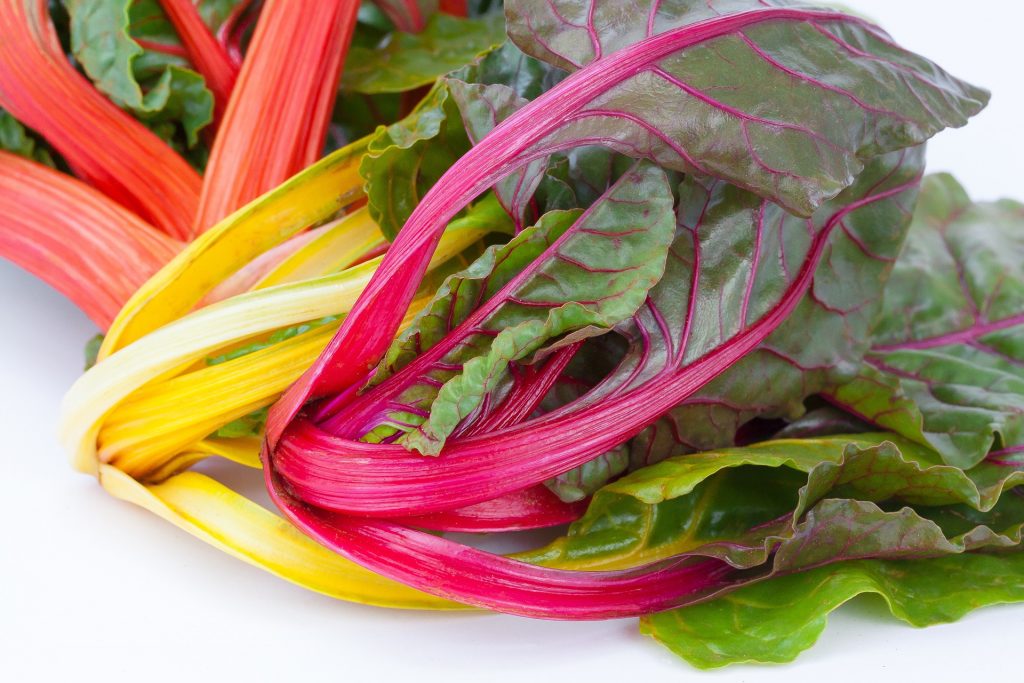

What is striking about Swiss chard is its rainbow of colors: from the rich green of the leaves to the yellow, pink, red, orange and purple of its stalksand veins, all these beautiful colors correspond to different combinations of phytonutrients with outstanding nutrient benefits.
Swiss chard is packed with essential minerals like magnesium, potassium, copper, iron, manganese, calcium, phosphorus, zinc and selenium, and it is high in vitamin C, most B vitamins, vitamin K, E and vitamin A (in the form of carotenoids), and both fiber and protein. And it also has anti-inflammatory and antioxidant properites!
FAVA BEANS
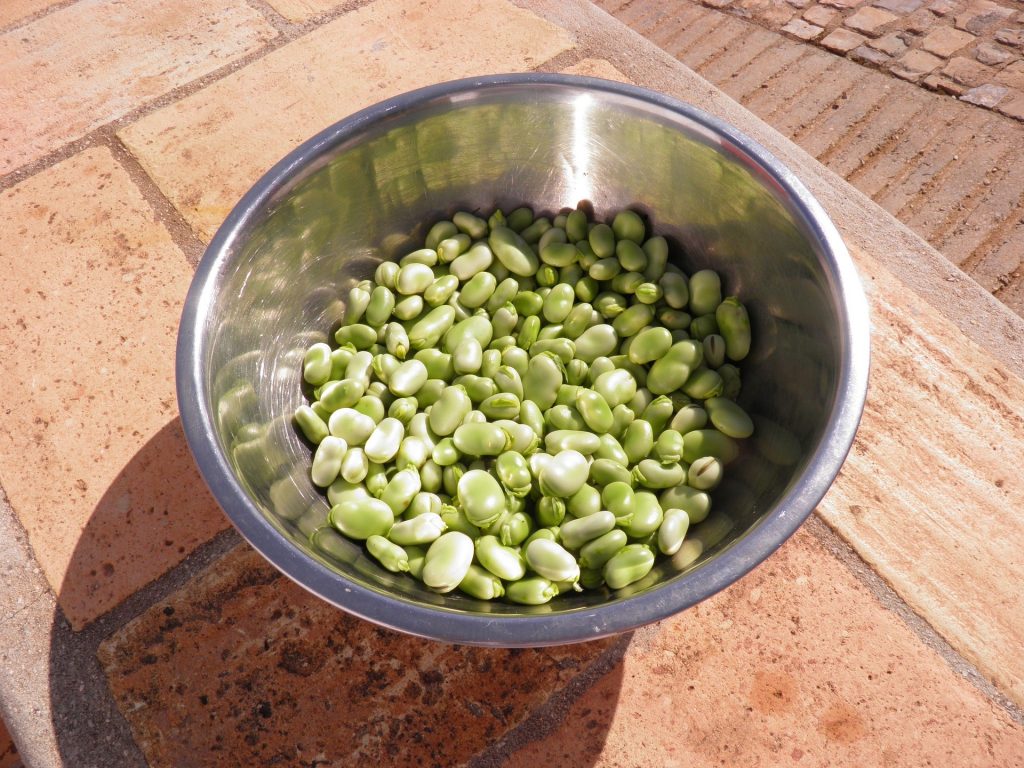

Fava beans are incredibly nutritious, an excellent source of soluble fiber, protein and important vitamins and minerals like folate, magnesium , manganese, potassium,, copper, phosphorous,, iron and zinc.
They also provide small amounts of almost all the B vitamins, calcium and selenium.
Sprouted fava beans are a rich source of L-dopa, the precursor of dopamine, and they have been studied for use in the management of Parkinson’s disease.
According to many studies, the consumption of fava beans can lead to a marked improvement in the motor performance of patients with Parkinson disease, without any side effects.
CHERRIES
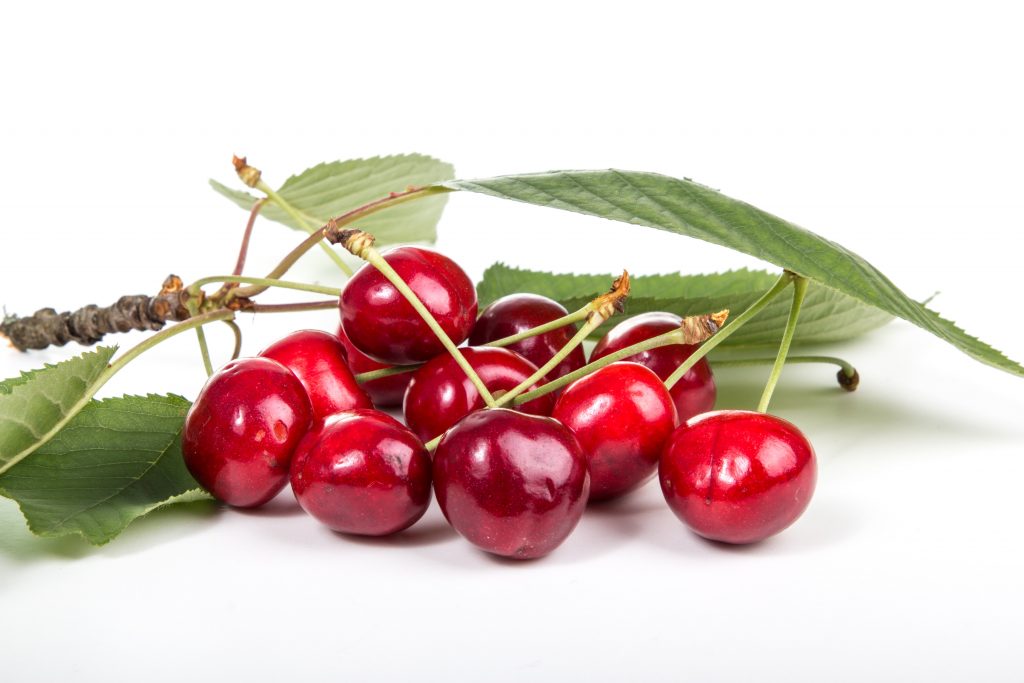

Cherry flowers are the traditional bell-ringer for the Spring season, with gorgeous display all over the world, and the delicious fruit announces the beginning of Summer, with a variety of colours and flavours.
From yellow to all the hues of red, from tart to the sweetest, all varieties are highly nutritious and packed with fiber, vitamins, and minerals; cherries are really a superfood.
They are rich in vitamin C, potassium, vitamin K, Bs, magnesium, manganese and copper, they are a good source of fiber, and they are packed with antioxidants and anti-inflammatory compounds, truly one of the top antioxidant-rich foods,
Cherries are especially high in polyphenols, a group of plant chemicals that help fight cellular damage and reduce inflammation.
The deep red color of the dark-sweet variety comes from the high anthocyanins content, a very powerful antioxidant that plays an important role in protecting the heart and improving cognitive function.
Cherries are also one of the few natural sources of melatonin, which can help regulate our sleep. Try some juice of tart cherries at night, before going to bed, it helps! The Montmorency variety is the most effective in helping with good sleep.
